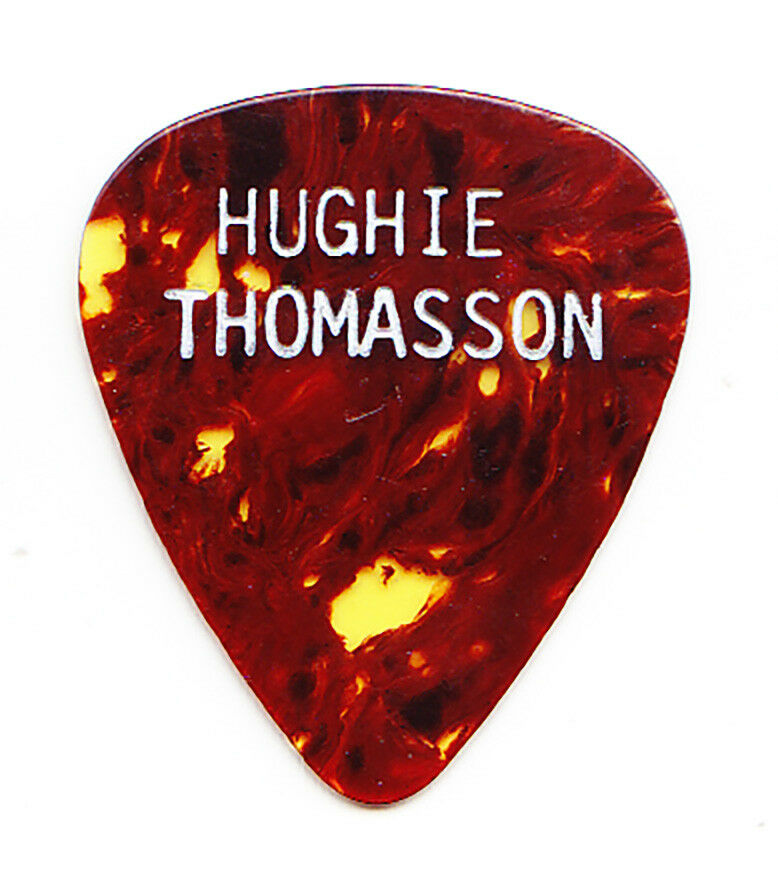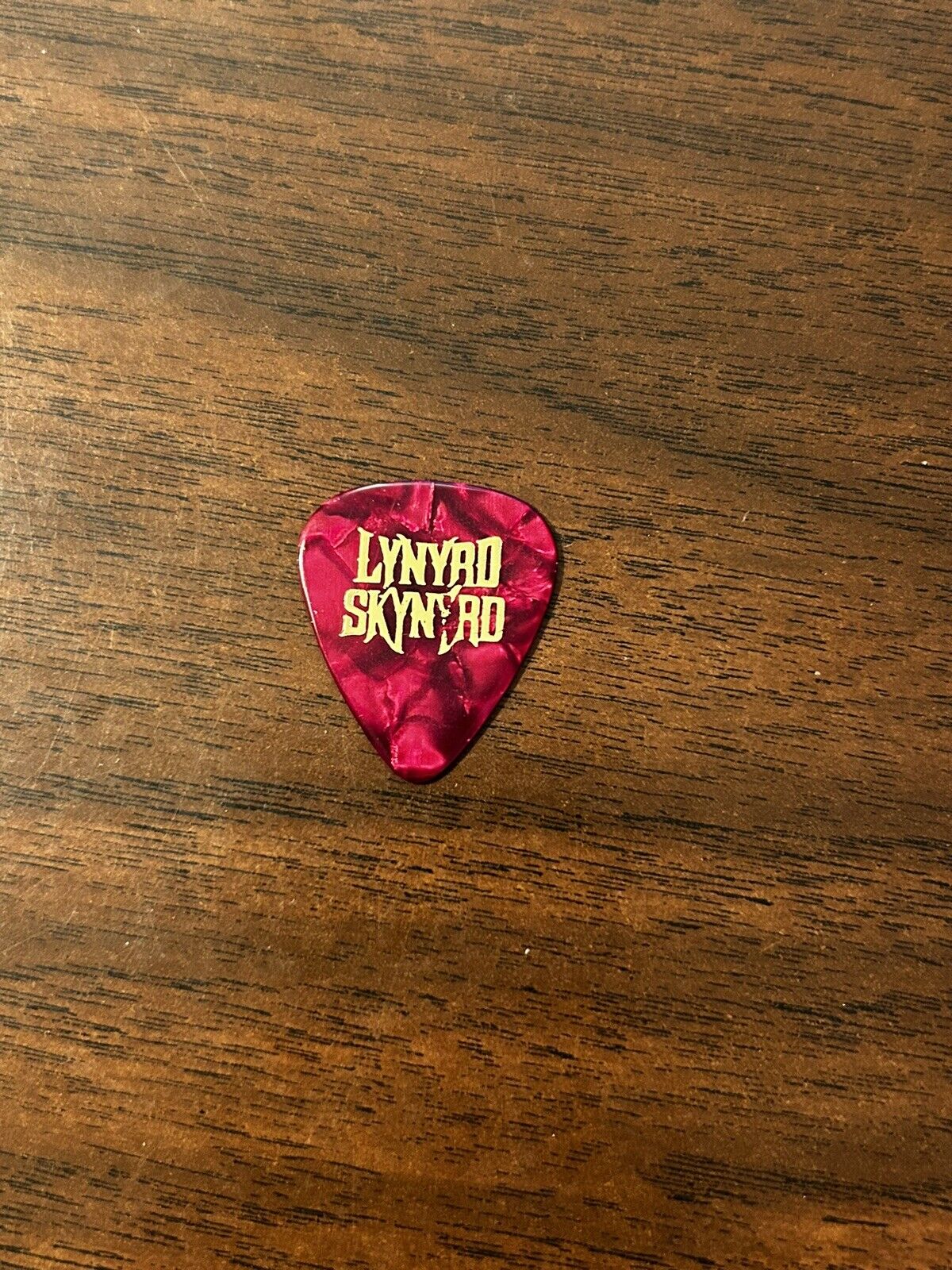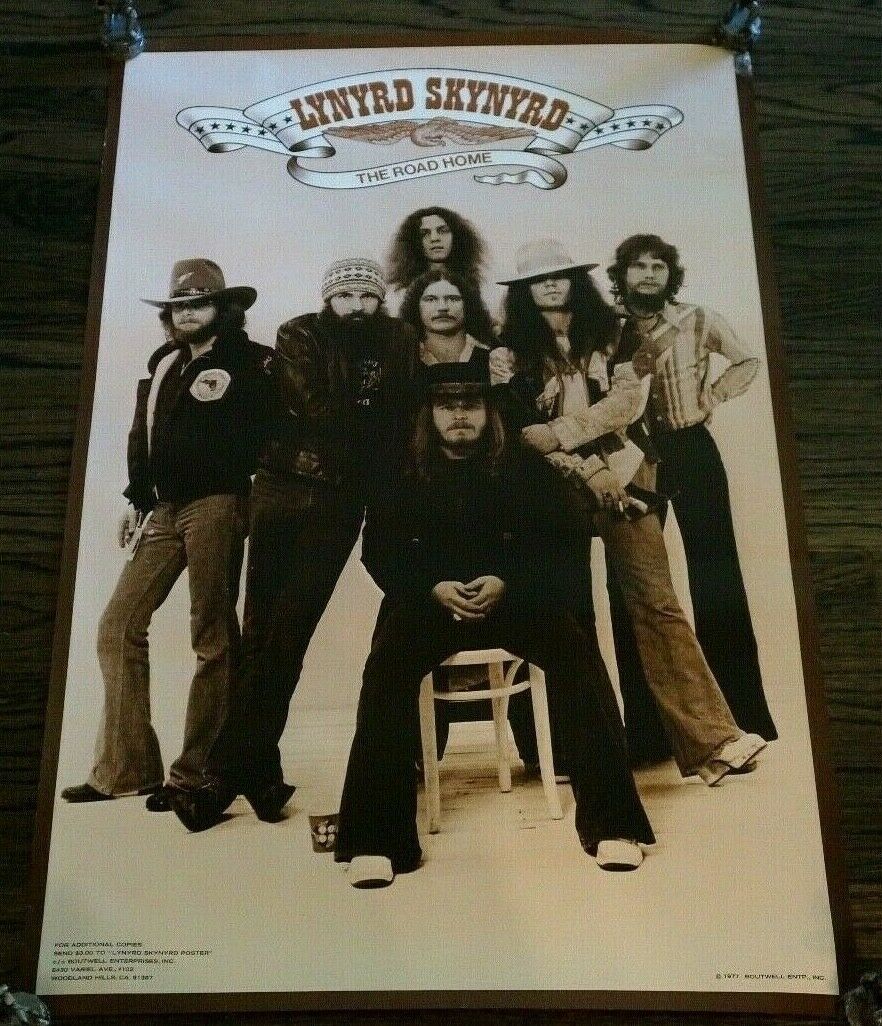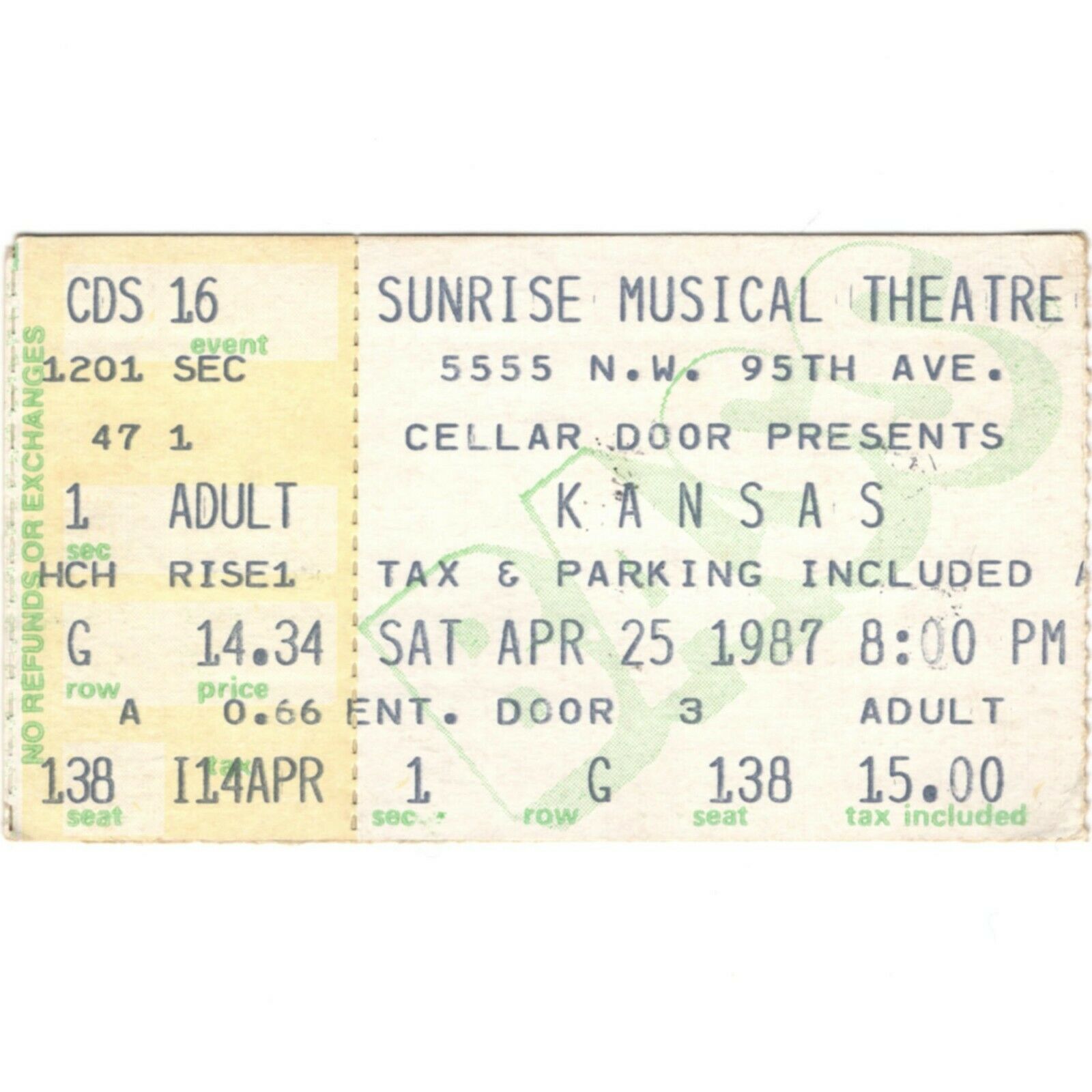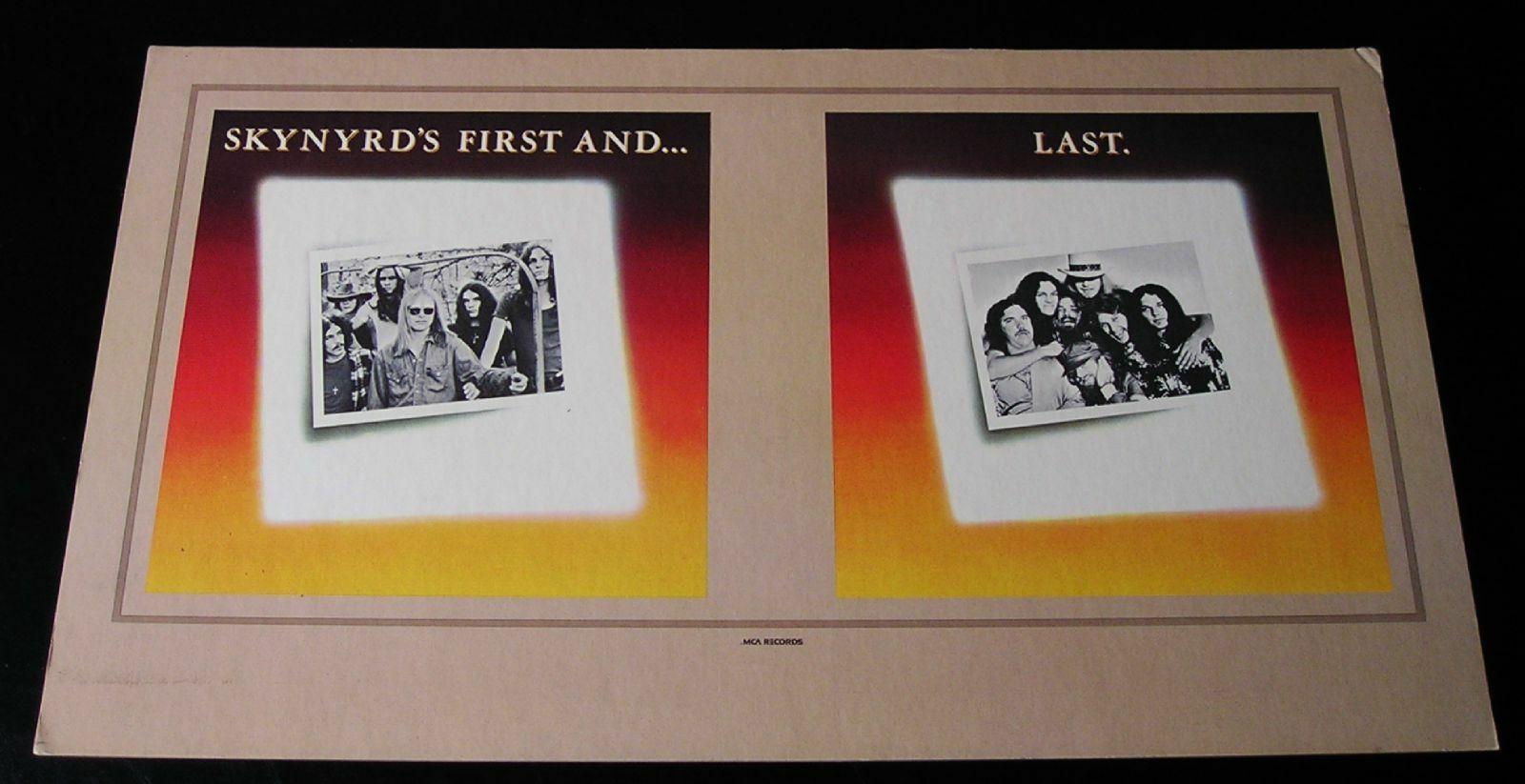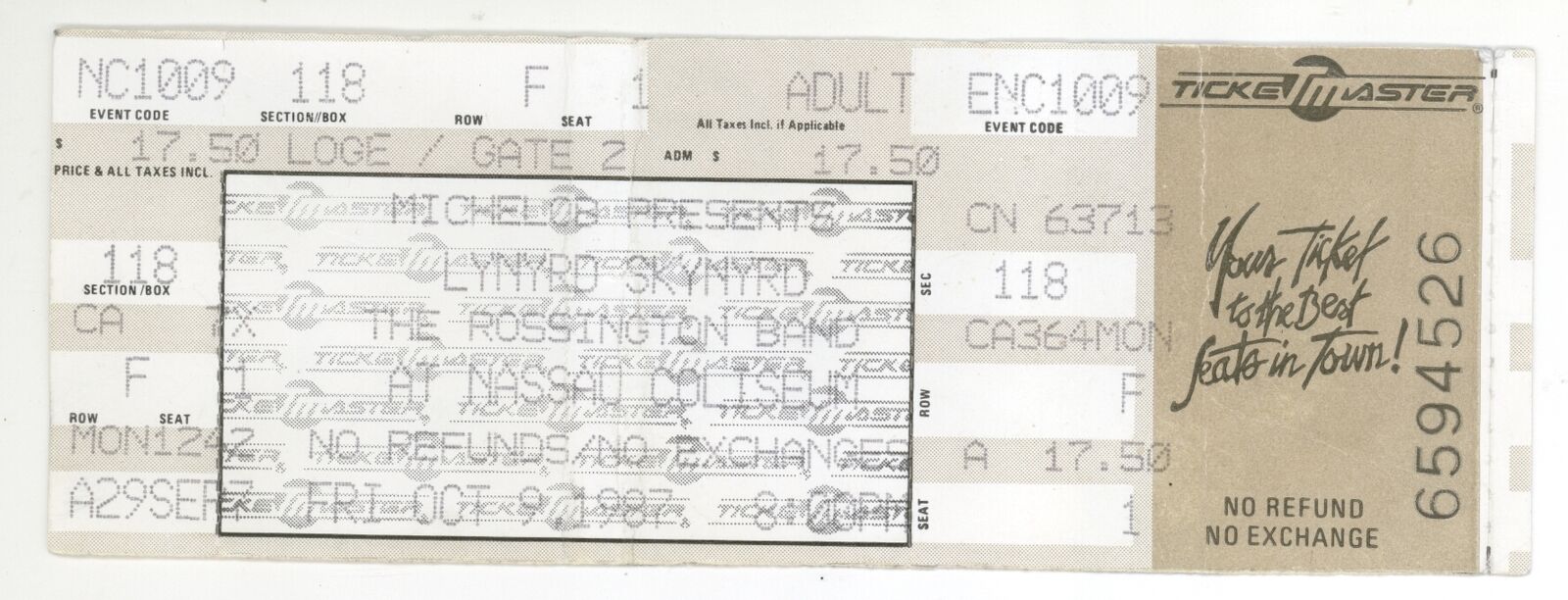LYNYRD SKYNYRD HELL HOUSE BOAT DOCK TREE HIT BY LIGHTNING MADE PIECE OF FATWOOD
$ 16.36
- Description
- Size Guide
Description
UP FOR AUCTION IS THIS: * LYNYRD SKYNYRD HELL HOUSE BOAT DOCK PINE TREE HIT BY LIGHTNING MADE THIS PIECE OF ( FATWOOD )( LIGHTER KNOT ) DISCOVERED BY GENE ODOM ( 3 inch X 7/16 inch )Gene Odom discovered the pine tree Hit by Lightning at the Hell House Boat Dock were Ronnie VanZant would retreat to write lyrics while the band wrote and rehearsed new songs . Gene Odom made several small pieces like this one and gave a few to our mutual friend Edward Griffith who is a Rocket Scientist with NASA . Then Edward Griffith ( AKA Griff ) gave me a couple of pieces of this memorabilia . Griff said he lite a piece with a match and he could hear Freebird coming from the Smoke
Fatwood
Slivers of fatwood, used for starting fires.
Using fatwood lighters while working in
Olaus Magnus
'
Historia de gentibus septentrionalibus
1555
Fatwood holder made of clay with fatwood stump, lower Rhine area, Germany, 18th or 19th century
Holder for kindling stick, Källsjö parish, Halland ?
Nordiska museet
, Stockholm
Fatwood
, also known as "
fat lighter
", "
lighter wood
", "
rich lighter
", "
pine knot
",
[1]
"
lighter knot
", "
heart pine
" or "
lighter'd
" [
sic
], is derived from the
heartwood
of
pine
trees. The
stump
(and
tap root
) that is left in the ground after a tree has fallen or has been cut is the primary source of fatwood, as the resin-impregnated
heartwood
becomes hard and rot-resistant over time after the death of the main tree. Other locations, such as the joints where limbs intersect the trunk, can also be harvested. Although most resinous pines can produce fatwood, in the southeastern United States the wood is commonly associated with
longleaf pine
(
Pinus palustris
), which historically was highly valued for its high
pitch
production.
Contents
1
History
2
Composition
3
Wood kindling and tinder
4
Distribution
4.1
The United States
5
Industrial uses
5.1
Other uses
6
References
7
External links
History
The commercial use of fatwood from stumps stemmed from the production of
pitch
and
pine tar
. In 1648, a company was formed in
Sweden
called
Norrländska Tjärkompaniet
(The Wood Tar Company of North Sweden), and was given exclusive export rights for pine tar by the
King of Sweden
.
[2]
Composition
Coniferous tree sap is a
viscous
liquid
, that contains
terpene
, a
volatile
hydrocarbon
. Over time the
evaporation
of the terpene changes the state of the sap; it slowly gets thicker until it hardens into
resin
. New fatwood leaks the sticky sap, while in aged fatwood the sap has hardened and is no longer sticky. At every stage of the aging process, fatwood will burn readily, unless excessively damp.
Wood kindling and tinder
Because of the flammability of terpene, fatwood is prized for use as kindling in starting fires. It lights quickly even when wet, is very wind resistant, and burns hot enough to light larger pieces of wood. A small piece of fatwood can be used many times to create tinder by shaving small curls and using them to light other larger tinder. The pitch-soaked wood produces an oily, sooty smoke, and it is recommended that one should not cook on a fire until all the fatwood has completely burned out.
[3]
Distribution
There are between 105 and 125
species
classified as
resinous
pine trees
around the world. Species usable for fatwood are distributed across a range including Eurasia, where they range from the Canary Islands, Iberian Peninsula and Scotland east to the Russian Far East. From the Philippines, Norway, Finland and Sweden (Scots Pine), and eastern Siberia (Siberian Dwarf Pine), and south to northernmost Africa. From the Himalaya and Southeast Asia, with one species (Sumatran Pine) just crossing the Equator in Sumatra. In North America, they range from 66°N in Canada (Jack Pine), to
Central America
to 12°N in Nicaragua (Caribbean Pine). The highest diversity in the genus occurs in Mexico and California. In the sub-tropics of the Southern Hemisphere, including Chile, Brazil, South Africa, Australia, Argentina and New Zealand, the trees are not
indigenous
but were introduced. Anywhere there is a pine tree or pine
stump
, there can be fatwood that can be found on top of the ground, but it is more concentrated and preserved in stumps.
The United States
[
edit
]
In the United States the pine tree,
Pinus palustris
, known as the Longleaf pine, once covered as much as 90,000,000 acres (360,000 km
2
) but due to
clear cutting
was reduced by between 95% and 97%. The trees grow very large (up to 150 feet), taking 100 to 150 years to mature and can live up to 500 years. The wood was prized and cutting resulted in many hundreds of thousands of stumps that are very resinous, do not rot, and eventually become fatwood. This ushered in a new industry for many years. There is still a market for the wood, but supplies are less abundant. Due to the length of growing time, the
Pinus taeda
, also called the Loblolly pine, replaced it for commercial replanting, with a maturity of only 38 to 45 years.
Industrial uses
Industrial uses for fatwood include production of
turpentine
; when fatwood is cooked down in a fire kiln, the heavier resin product that results is
pine tar
. The
steam
that vaporizes from this process is turned into a liquid that becomes turpentine .
Other uses
Tree resins or by-products are used in many different things to include;
Household chemicals especially for cleaning such as turpentine and pine oil.
Nail polish
medical to include dental
Cutler's resin
is still used in making knife handles.
....................................................................................................................................
SELLERS PAST LIFE
I started working with the legendary LYNYRD SKYNYRD BAND late in 1973 , I was the third roadie I ever to be hired by LYNYRD SKYNYRD . I started as a drum roadie but I was the guitar tech most of the time and at the time of the crash . I was also the stage manager and production manager at different times in my career with them . LYNYRD SKYNYRD was one of the wildest groups of musicians who ever toured the rock and roll circuit . Some of the wild incidents included drinking , drugs , and fighting were made into songs written by band leader Ronnie Van Zant . Many People who worked for the LYNYRD SKYNYRD BAND never saw thirty years old . I survived the lifestyle that comes with working with a wild young band like LYNYRD SKYNYRD and being personal friend with each member and partying with each member was unbelievable , not to mention I also survived the LYNYRD SKYNYRD airplane crash October 20 , 1977 , Although I was seriously injured .
I also survived working with the Rossington Collins Band from 1979 through 1983 . Those years were crazy . Then I survived working with the Allen Collins Band in 1983. That year was insanity to say the least . I could have died many times in numerous situations during that period of my life . Before that I survived working as a guitar tech on world tours with Foreigner in 1978 & Journey in 1979 . Plus the Marshall Tucker Band from 1983 through 1987 . Then I survived working again with the new LYNYRD SKYNYRD tribute band from 1987 through 2006 .
When I say I survived all of the above you really would have had to have been there to totally understand I should have died many times like a lot of my friends . During these years I did things that led me to get Hep C . Many band members died with this illness such as Leon , Billy and Allen , others in the band are dealing with this problem at this time , like me . I was released working with LYNYRD SKYNYRD in 2006 beause of complications with the treatment that included injections of a medicine that did not agree with me . Since I was released from the band I have been selling my precious collection of LYNYRD SKYNYRD memorabilia from my life with LYNYRD SKYNYRD from the past 50 years . I recently sold Allen Collins 1932 Plymouth 3 window coupe which was one of my most prized possessions , I was in the studio as a guitar tech for every album ever done by the original LYNYRD SKYNYRD BAND plus the ROSSINGTON COLLINS & ALLEN COLLINS BAND. I became close friends with each member of all the bands.






